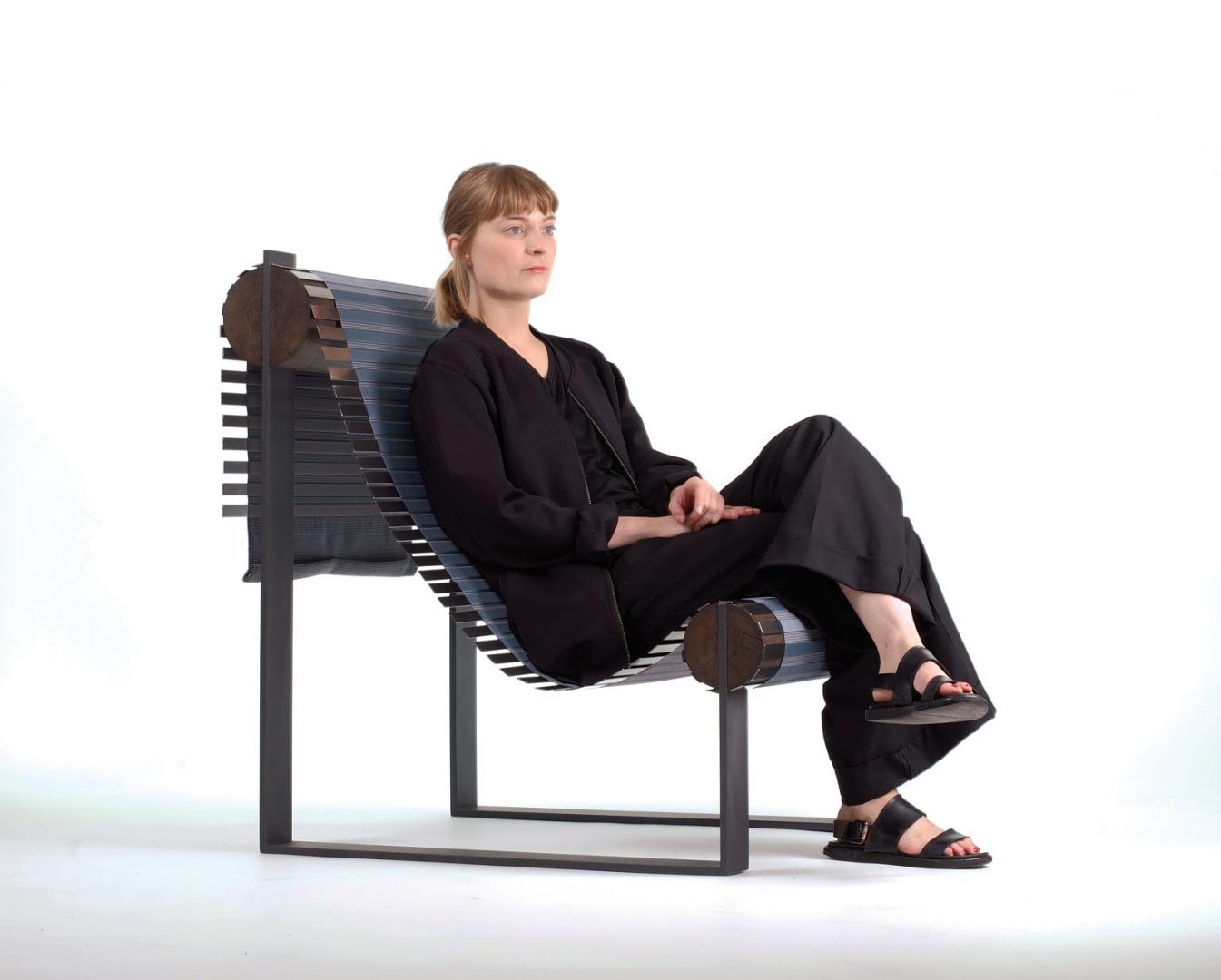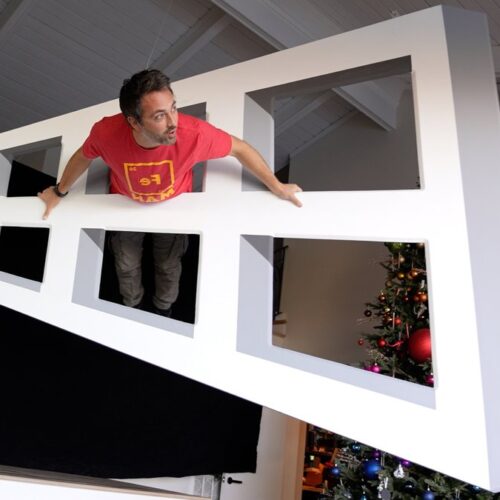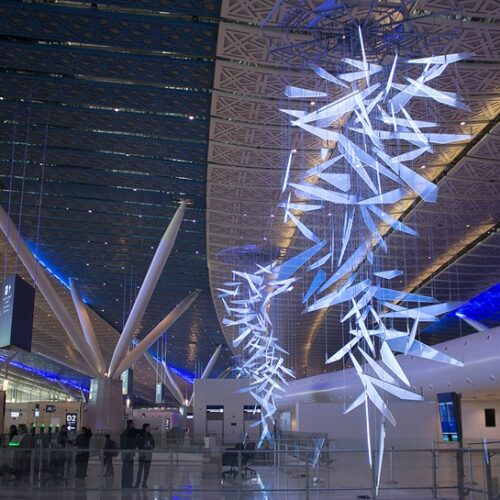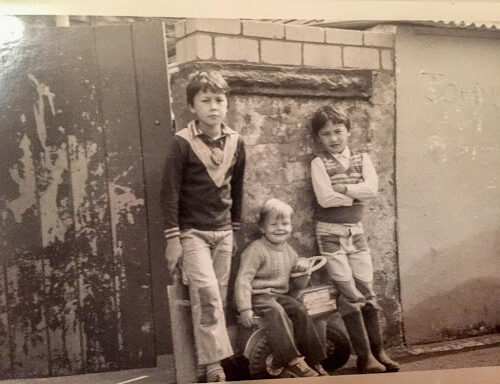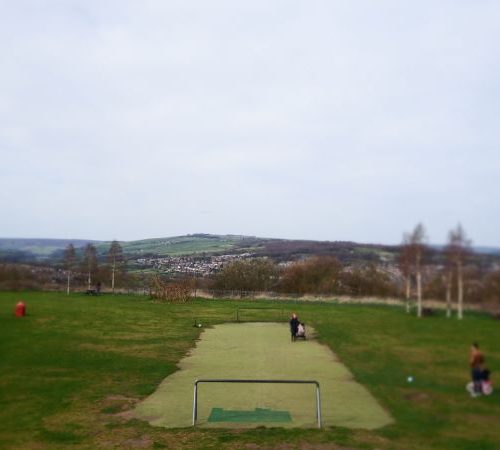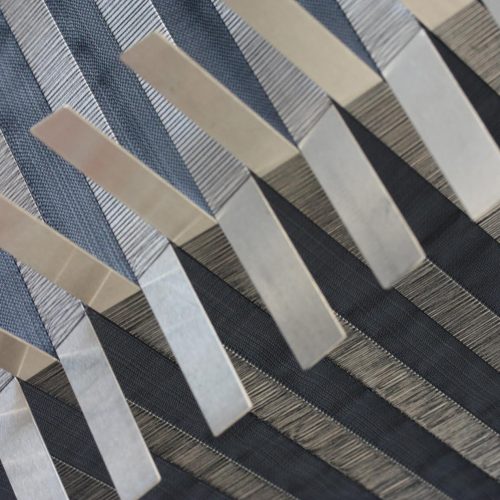
In conversation with: Rahel Pfrommer
RAHEL WORKS PROFESSIONALLY WITHIN THE JEWELLERY AND TEXTILES INDUSTRIES. SHE HOLDS A MA IN TEXTILE DESIGN FROM THE ROYAL COLLEGE OF ART LONDON AND A PREVIOUS DEGREE (WITH HONS) IN JEWELLERY AND EVERYDAY OBJECTS FROM THE SCHOOL OF DESIGN IN PFORZHEIM, GERMANY.
CURRENTLY BASED IN LONDON RAHEL IS WORKING BETWEEN BODY AND SPACE CHALLENGES THE PERCEPTION OF BOTH FIELDS.
DRIVEN AND INSPIRED BY THE LINE, RAHEL INVESTIGATES SOFT TEXTILE PROPERTIES IN CONTRAST TO THE HARD, STRAIGHT LINE: HER WORK DISCUSSES THE EVOLUTION OF TEXTILES IN ALL DIMENSIONS.
THE INCENTIVE BEHIND HER CONCEPTS IS THE JOURNEY OF THE LINE – MOVING FROM ONE TO TWO-DIMENSIONS – A POINT BECOMES A LINE, A THREAD OR A TRACE. THAT LINE THEN BECOMES A PLANE ITSELF, WITH THE POTENTIAL TO TAKE ON THREE-DIMENSIONAL FORM. THE SHIFT FROM POINT TO LINE IS A MOVEMENT AND A GROWTH; BOTH LINES AND SURFACES DEFINE THE SCOPE OF POSITIVE AND NEGATIVE SPACES. EXAMINING EXISTENCE AND VACANCY AS TRANSITIONAL SPACES AND THE INTERACTION BETWEEN. THIS CREATES A TIGHT RELATION BETWEEN LINE AND SURFACE, WHICH IS THEN REVEALED.
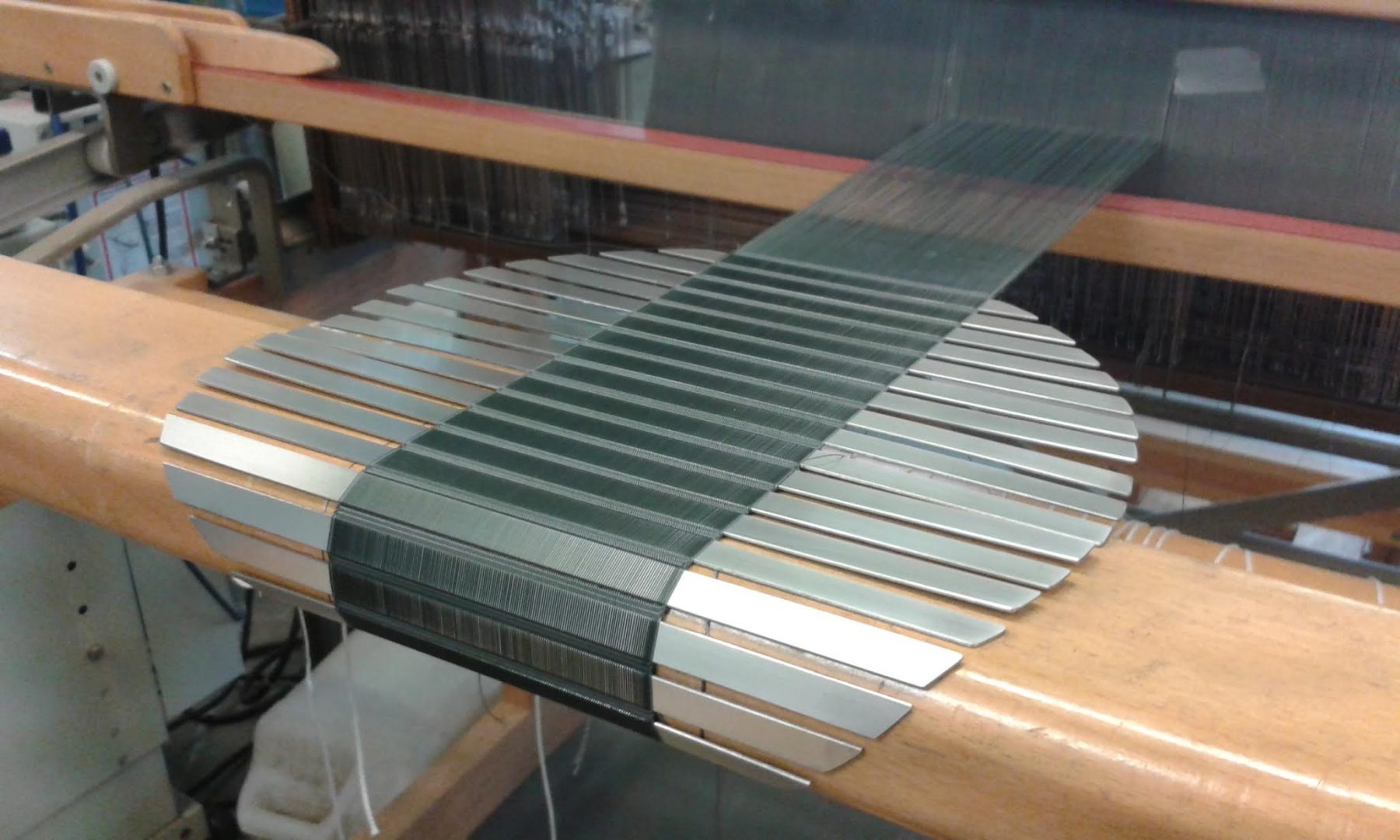
What initially attracted you to textiles?
I was always fascinated by different materials and techniques. During my jewellery studies, textiles and especially the process of weaving and textiles construction has become a big focus. The contrast between the hard metal and the soft thread caught my attention.
What were your influences and how has this affected your work?
I was interested to investigate movement and space. My main sources of inspiration came from various artists a lot of them active in the 70s or earlier, like Eva Hesse, Rebecca Horn or Sheila Hicks. All of them used textiles as a medium and where working with body and space. The German design philosophy of the Bauhaus and their aesthetics also had a great influence on my own design language.
I was working my way through various materials and processes to experiment and explore as much as I could.
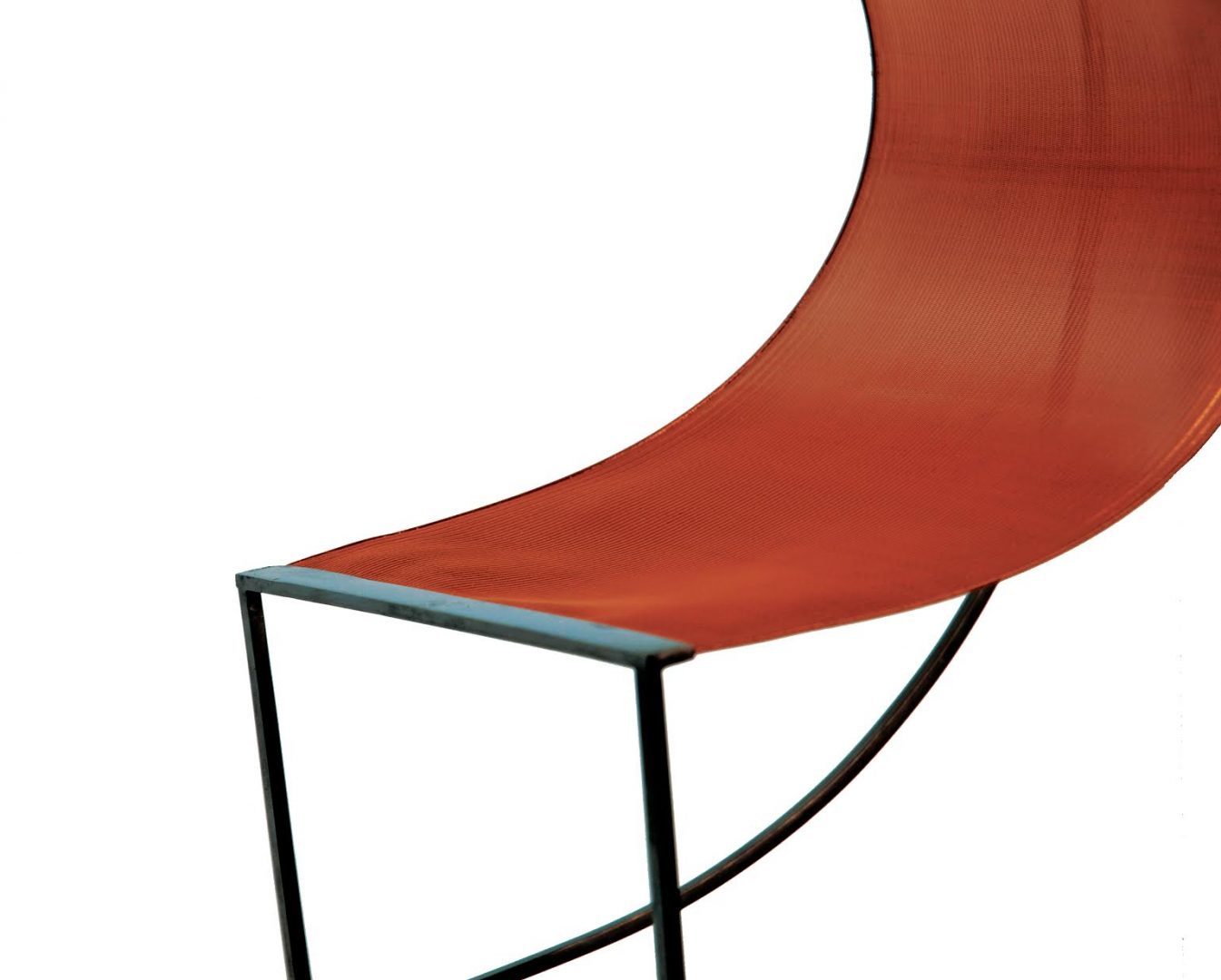
Tell us about your process
I like to work with the material and not against it. I believe there are shapes and forms within the material itself and we as designers bring them to life, everyone in its own language. This is the great potential of constructing your own material or fabric as you have influence from the very beginning.
The start of a project or idea can come from any sort, it can be an image, a feeling, an idea of a shape, or a word. The first impression I try to note down in my sketchbook and start scribbling , this process is not very long for me as I like to start working in the materials as soon as possible.
Very often I discovered that planing too much upfront can hinder the process, I truly believe that mistake happen for a reason and its important to learn to identify them as potential rather than mistakes. Weaving as a technique is completely opposite to this, everything has to be planned upfront and that’s probably exactly why I was so attracted to it, I wanted to control the process, not knowing that the process cant be fully controlled.
Tell us about your chosen techniques
As already mentioned I choose to specialise in woven textiles for me this was the perfect manifestation of how a line moves through the dimensions. The line in its unity and the line repeated and interwoven to a surface which that can create 3 dimensional space.
What inspires you at the moment?
At the moment I am focusing more on my metal and jewellery work rather than textiles. I am fascinated by various techniques to connect parts with movability to each other. Different kind of hinges, how they define the interaction of the elements between each other, creating shapes and figures.
How has your work developed and how do you see it in the future?
I see a reoccurring theme in my work , which is movement, body and space which is expressed through the line. The materials and techniques of the line change and they will keep changing as our perception of
movement, body and space will keep changing.
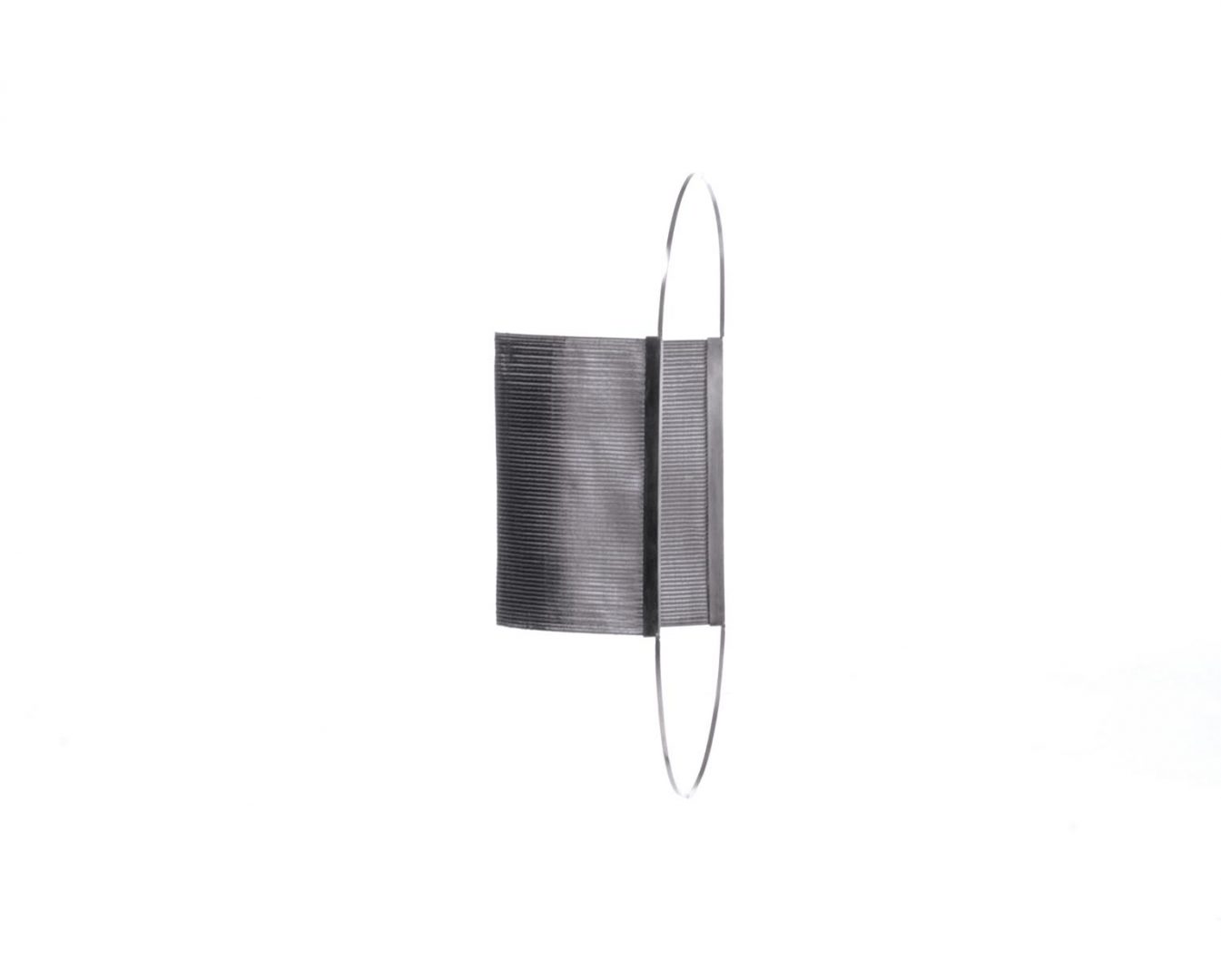
|
|


